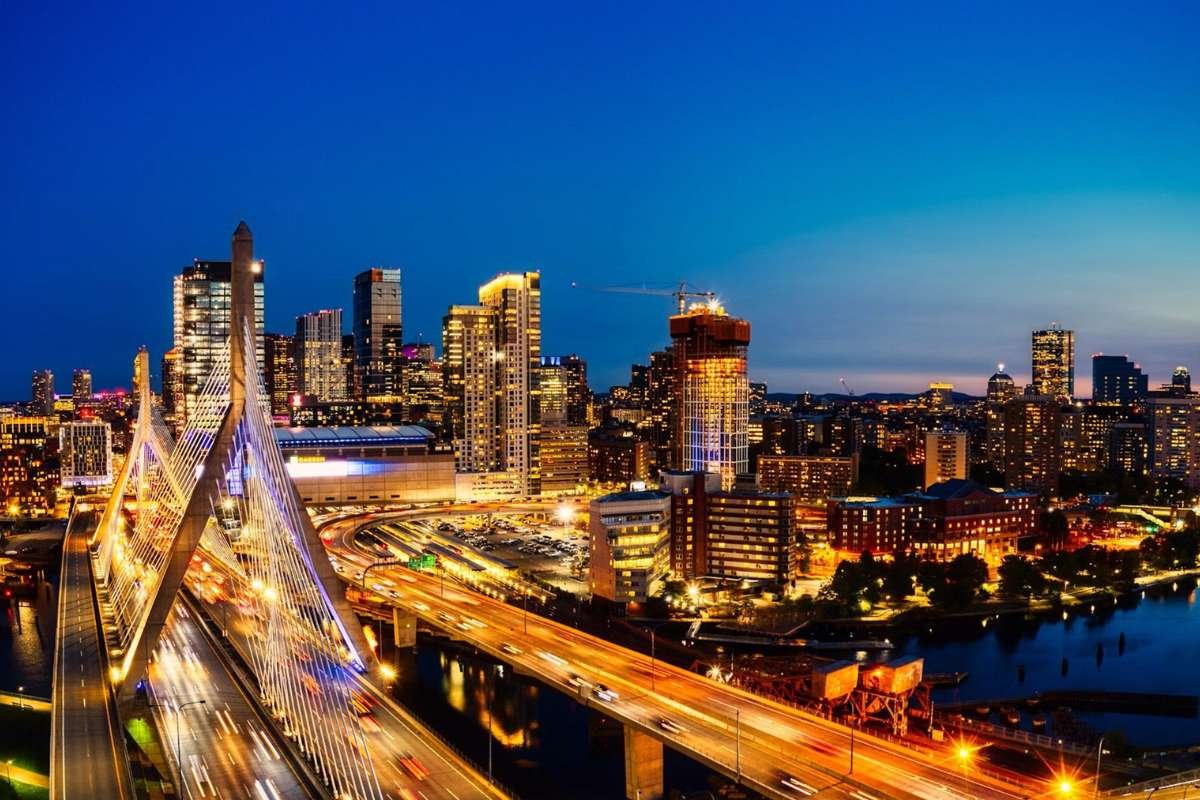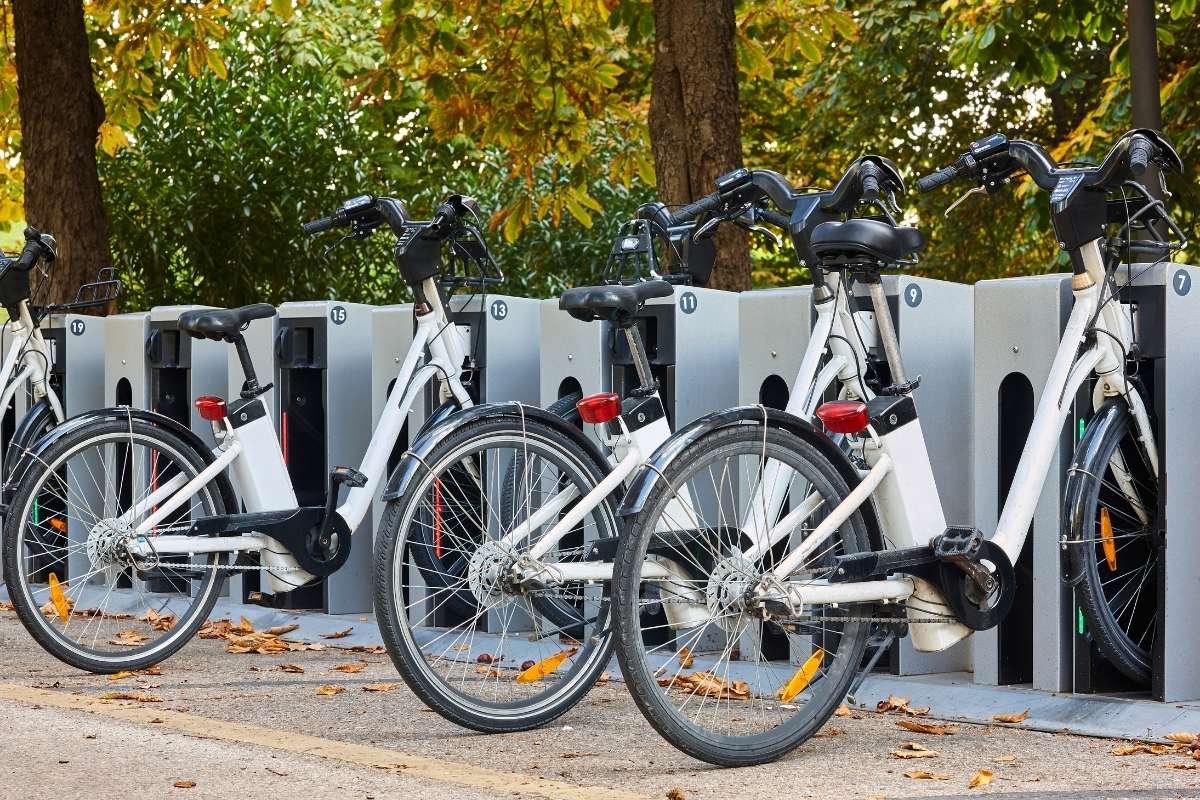The weaving streets of most cities are undergoing renovation to accommodate the growing demands for mobility. Rapid technological change and the continued trend of urban population growth are forcing agencies to reconceive the way they design and manage traffic systems. The big question is: How will today’s infrastructure remain ready for the human challenges of tomorrow?
When it comes to preparing future-proof urban infrastructure, it’s more than just routine maintenance. It takes scalable, flexible, interoperable systems that can grow with the technology.
Scalable and Flexible Systems are Key — Here’s Why
Cities must erect infrastructure that can withstand and adapt to climate change. From increasing traffic congestion to climate-induced challenges, a city’s needs can dramatically change over time. The changing environment has meant a state of being that is unsustainable for any agency that invests in static, old technology.
The answer is to implement architectures that can scale with no effort. It is not only a philosophy that advocates adding new intersections and technology but also plays well with others, like third-party systems, ensuring cities aren’t beholden to ripping everything out and starting afresh. Future-ready systems safeguard investments by optimizing infrastructure to support both existing and future requirements.
Key Trends Shaping the Future of Traffic Management
Many of these innovations are changing the strategies cities employ to manage traffic, influencing how they design, install, and manage future-proof urban infrastructure. Some of these include:

- Connected Automobiles: Cars are quickly turning into moving data centers. The ability for vehicles to speak to the street will be crucial to improving automobile safety and easing congestion.
- Self-Driving Cars: Self-driving cars will need sophisticated, intelligent intersections. It needs to ensure that the infrastructure can properly handle the coming and going of autonomous vehicles and their interactions with regular drivers and pedestrians.
- Adaptive Signal Control: Adaptive signal systems that respond to actual traffic conditions can reduce congestion and improve safety and mobility.
These are not hypothetical trends, either: They are already shaping decision-making and procurement practices in cities around the world.
Miovision One: Future-Ready Platform

Miovision One is a product born out of the need for more from traffic management. This new cloud-based system integrates vital applications, including signal performance monitoring, intersection detection and mobility analysis for the first time in one comprehensive system.
The platform’s modular design allows easy integration and scaling, so it will adapt as technology continues to change. Whether it’s adding third-party tools, tackling pedestrian safety issues, or supporting freight signal prioritization, Miovision One scales processes without interrupting existing operations.
With its cloud-native architecture, Miovision One enables agencies to scale their systems quickly, deploy updates easily, and maintain mission-critical applications without the burden of expensive on-premise infrastructure.
Miovision One Webinar Takeaways
In the latest episode of Miovision One, the team highlights how the platform streamlines activities and ensures a deep commitment to future-readiness.
Product Manager Danilo Jevjevic described it this way:
“Rather than having to log in to several applications and navigate separate devices, Miovision One offers agencies one joint log-in, one interface and the flexibility to implement new tools without disruption,” reads the statement.
He also underscored that Miovision One is built for the future with the ability to meet today’s intelligent transportation systems, and those that we cannot yet foresee, such as adaptive signal measures, micro-mobility infrastructure, and better data sharing between city systems.
More Intelligent Systems for More Intelligent Cities

Future-proof urban infrastructure needs to be modernized, necessarily, not just by cities. The increasingly heavy saturation of our transit systems demands solid solutions. Next-gen platforms like Miovision One help agencies plan smarter, integrate easier and adjust with confidence for whatever’s next.
By selecting scalable and adaptable systems, cities can develop future-proof urban infrastructure that is designed for not only today’s reality, but also for tomorrow’s possibilities. Miovision One puts the power in the hands of traffic agencies to create communities that are happier and healthier, more connected and more sustainable.






